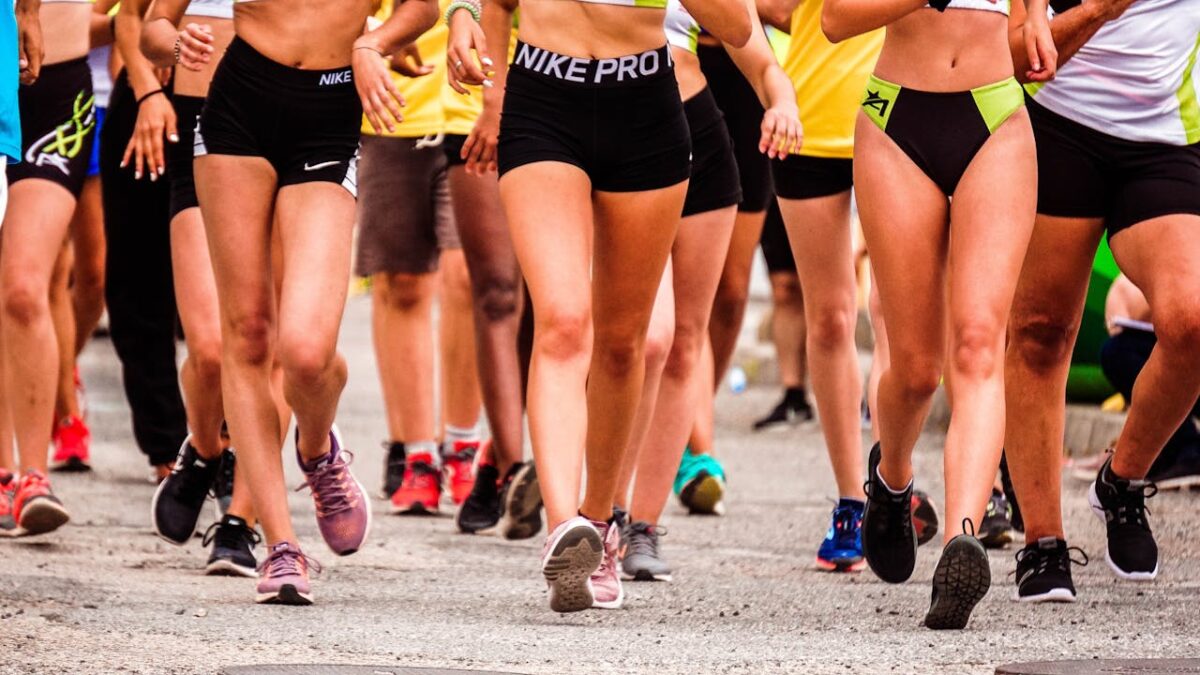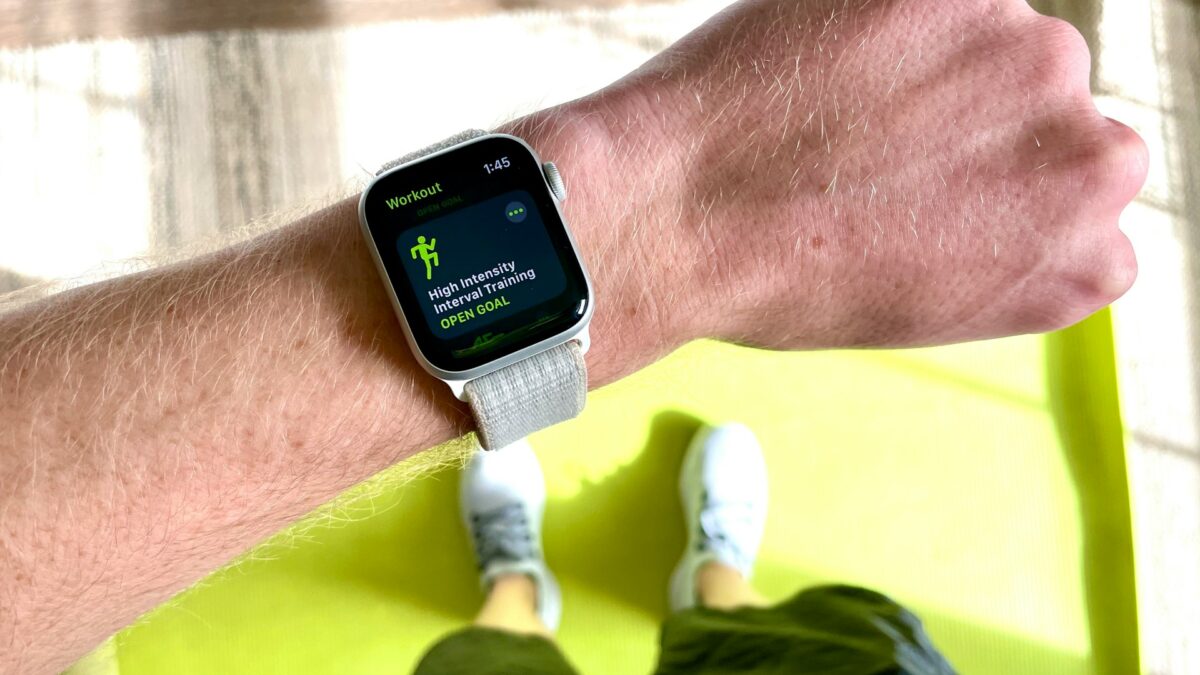
Essential Recovery Tips After Running a Marathon
Some runners might never run again after reaching the finish line of a marathon. But when all is said and done, many competitors end up getting hooked and can’t wait to train for the next big race.
Before you start training for your next marathon, it’s important to give your body time to recover from the huge physical challenge of running 42 kilometers. Today, we’ll go over how long your body needs to recover after a race, plus some tips on how to improve recovery and come back to peak performance.
What’s the magic formula?
Studies show that the body’s ability to use oxygen is significantly reduced right after a long-distance run. Even though it may seem like the ordeal is over, your body still has to work to maintain and recover damaged muscles.
Despite the common advice to “take a rest day for every mile you run,” there is no scientific evidence to support this. Some experts suggest resting for three to seven days after a marathon to let your muscles recover before gradually resuming running.
Why is there a range?
Everyone’s different, so muscle recovery times vary. Individual differences exist in the way muscles respond to stress. As a general rule, runners can expect to feel some discomfort in the days following a run, around 24 to 48 hours after the event and then again at 72 hours.
After that, the discomfort should start to subside. The key is to let the muscles recover fully, take care of any new or nagging injuries (as directed by your doctor), and then, once your body is ready, you can get back out there and be in good physical shape.
Your plan of action
It can be tempting to relax for a while after completing a marathon—of course, you’ve earned that right! If you’re eager to get back to running (or at least walking normally instead of limping), there are a few scientifically proven ways to speed up your recovery.
1. Train wisely
Your recuperation will go more smoothly if you plan well. Your muscles are usually already acclimated to that degree of activity if the race distance and speed are comparable to what you train for, which can help reduce any tears or discomfort.
2. Free up your muscles
If you’re looking for a low-cost way to practice on your own, foam rolling is a great option. It helps relieve built-up muscle tension and increase flexibility. You can also use a golf ball or tennis ball if you’re in a tight spot.
3. Eat well
Look for protein-rich foods to help your muscles recover as quickly as possible. Oh, and one more thing: Chocolate milk is a great recovery drink because it has the perfect ratio of carbs to protein.
4. Ice is great!
The pros do it, so why not you? Soaking your legs in an ice bath might sound a bit extreme, but it has been shown to significantly reduce muscle soreness and help maintain strength and flexibility.
5. Commit yourself
It’s important to understand that many long-distance runners wear tight clothing before, after, and even during the race. Those neon-colored knee-high socks are a form of compression garment that can help reduce pain and inflammation.
6. low-impact options
6. When you’re ready to get back to exercising, look for low-impact options. the experts in the field, suggest swimming as one of the best exercises to do after running. there is no impact on the body and the water calms the muscles.
Another way to stay on the road to recovery is to take a simple ride on the exercise bike.
As with training, the key to full muscle recovery is to find what works for you. Everyone’s body is different so you may have a different experience with different post-race routines. It’s up to you to find what works for you and stick with it!



